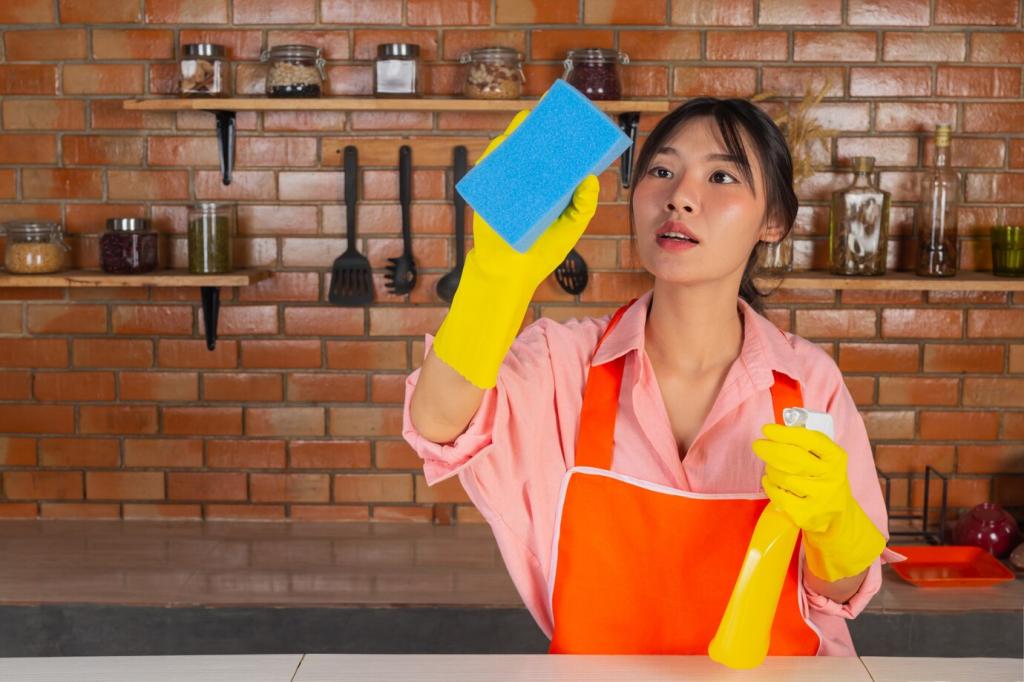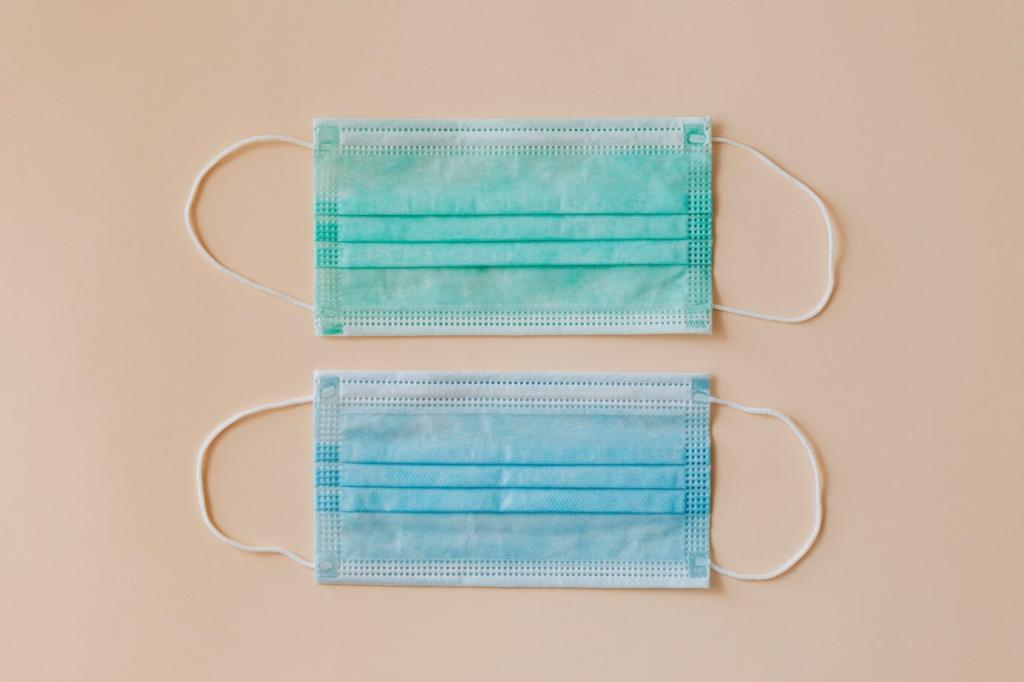Stain and Ring Rescue for Wood
Place a clean cotton cloth over the ring and glide a warm iron on low for a few seconds, lifting and checking frequently. Follow with a tiny dab of jojoba oil and a soft buff. Share before-and-after photos to inspire fellow readers tackling weekend rescues.
Stain and Ring Rescue for Wood
Try a pea-sized swirl of non-gel white toothpaste mixed with baking soda, buffed very lightly in the grain. Wipe clean, dry thoroughly, and finish with a hint of beeswax polish. Patience and light pressure prevent overworking sensitive lacquered or shellac finishes.
Stain and Ring Rescue for Wood
Dampen a cotton swab with diluted rubbing alcohol and tap gently on the mark, working slowly to avoid spreading pigment. Neutralize with a water-damp cloth, dry, and recondition. Comment with your toughest stain stories so we can crowdsource solutions that really help.
Stain and Ring Rescue for Wood
Lorem ipsum dolor sit amet, consectetur adipiscing elit. Ut elit tellus, luctus nec ullamcorper mattis, pulvinar dapibus leo.








